The arthritis of the knee joint is a chronic (long) degenerative disease that causes cartilage to be destroyed in the joints.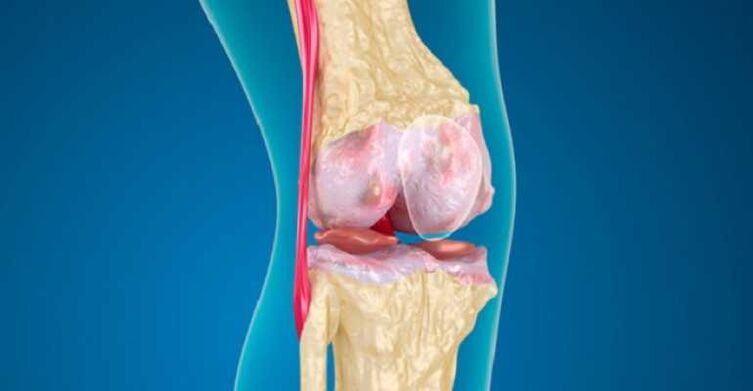 Symptoms include pain, stiffness and swelling.Treatment options to reduce pain and disability include lifestyle changes (nutrition, physical exercises), physical and professional treatment methods, medicines and surgery.
Symptoms include pain, stiffness and swelling.Treatment options to reduce pain and disability include lifestyle changes (nutrition, physical exercises), physical and professional treatment methods, medicines and surgery.
Osteoaria of the knee joint
Knee joints is a common disease, accompanied by chronic, exhaustive pain.Recent clinical data has shown that centralized awareness stimulates the deformation of the osteogenic knee.The improved understanding of how the joints of the knee joints affects the central treatment of pain is vital to the identification of new analgesic goals/new therapeutic strategies.
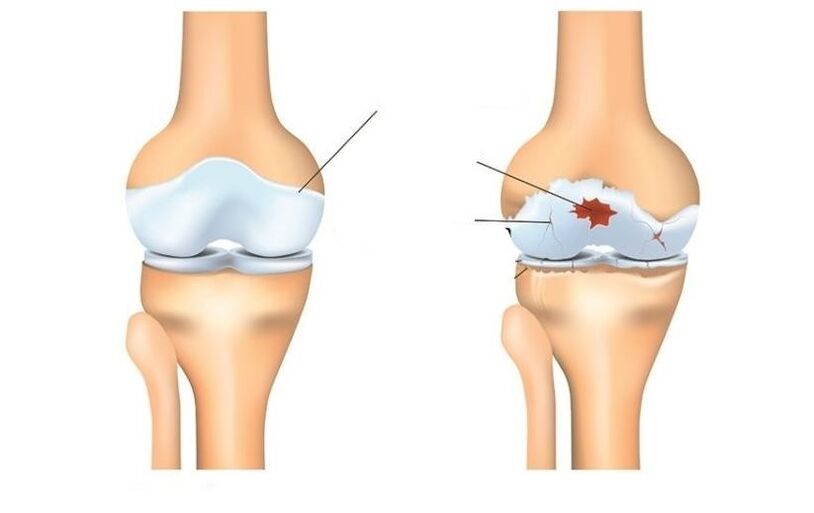
Suspensive cannabinoid receptors weaken the function of peripheral immune cells and form central neuro-anthomic answers to neurodegeneration models.The systematic introduction of the receptor's fighter faded the behavior of the pain caused by the OA and the changes in circulating and anti -inflammatory cytokines occurred in this model.
Deformative arthritis
The deformed arthritis of the knee joint is inflammation and wear of the cartilage in the bones that form the knee joint (bones = bones, artro = joint, itis = inflammation).The diagnosis of knee joints osteoarthritis is based on two main results: radiographic data on bone health changes (using medical images such as x -rays and MRI coordination image) and human symptoms.About 14 million people have symptomatic knee arthritis.Although the most common in the elderly, 2 million of the 14 million people with coincidental knee OA were under 45 years of age during the diagnosis and more than half were younger than 65 years.
Osteoarthritis (OA knee) is a treatment disease caused by inflammation and degeneration of the knee joint, which eventually worsens.
This affects the entire joint, including bones, cartilage, joints and muscles.Its evolution is influenced by age, body mass index (BMI), bone structure, geneticist, muscle strength and level of activity.The OA knee can also grow as a secondary condition after knee injury.Depending on the stage of the disease and the presence of injuries or conditions associated with it, the OA knee can be tested using natural therapy.Most serious or enlarged cases may require surgery.
Symptoms
People who develop the knee may have a wide range of symptoms and restrictions based on the progression of the disease.The pain occurs when the cartilage covering the bones of the knee joint is worn.The areas where the cartilage is worn or descends, exposes the bone subjugated.The effect of the bone allows you to increase the stress and compression of the cartilage and sometimes the bone contact when it moves, which can cause pain.Since the knee is a joint, the level of activity, the level of activity, as well as the type and duration of the actions, as a rule, have a direct effect on symptoms.Symptoms can worsen with weight activity, for example, when walking with a heavy object.
Symptoms of knee joint may include:
- Pain deterioration during or after surgery, especially when walking, climbing, reducing the stairs or moving from a stop meeting.
- Pain or stiffness after a seat with a bent or straight knee for a long time.Pain is the most common symptom of osteoarthritis.As the disease progresses and inflammation progresses, the pain can become stable.
- A feeling of rudder, cracks or grinding when moving the knee.
- Swelling after action.
- The rigidity of the affected joint was often observed first of all in the morning and after rest.
- Edema, which is sometimes warm at touch, can be felt in arthritis joint.
- Distortion can occur with osteoarthritis due to bone growth and cartilage loss.Bone growth at the end of the finger joints is called Hyberden nodes.Bushar nodes are bone growth in the middle joints of the fingers.The degeneration of the knee joint cartilage can lead to the outer curvature of the knees (onions-foot).
- A fracture sound or a grill feel can be observed when arthritis moves.This is caused by wiping the bone by the bones or rough cartilage.
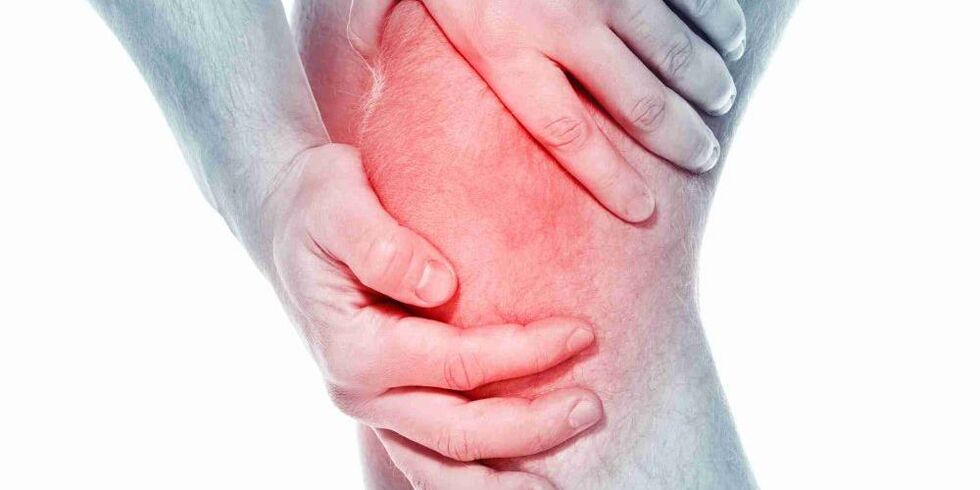
Usually these symptoms do not occur suddenly and all at the same time, but gradually develop over time.Sometimes people do not admit that they have osteoarthritis because they cannot recall a certain time or injury that caused their symptoms.If knee pain has deteriorated for several months, which does not respond to resting or changing activity, it is best to seek advice to a medical worker.
Diagnosis
Osteoarthritis can often be diagnosed by characteristic symptoms of pain, reduced movement and/or deformation.Osteoarthritis can be confirmed by scanning X or MRI.General data includes narrowing the articular space between bones, cartilage loss and bone bones or bone growth.Blood tests can be used to exclude other possible conditions, but they cannot diagnose osteoarthritis.
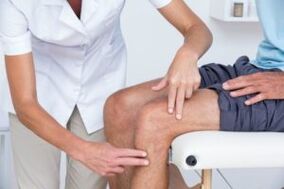
On the OA knee, 2 primary process is diagnosed.The first is based on a report on symptoms and clinical examination.The physiotherapist will ask questions about medical history and activity.The therapist will conduct a physical examination to measure knee movement (range of motion), strength, mobility and flexibility.They can also request various movements to see, increase or reduce pain.
The second tool used to diagnose knee joint is a diagnostic imaging.The physiotherapist can send to the doctor who will prescribe x -rays of his knee in various positions to check the bone and cartilage cartilage.
If there is more severe joint damage, you can order a magnetic resonance imaging to study the overall state of articular and around fabric more carefully.
Blood tests can also be ordered to help with the exception of other conditions that can cause symptoms similar to osteoarthritis of the knee joints.
Treatment
Depending on the severity of the arthritis and the age of the patient, it will be selected how to cure knee joint arthritis.The treatment may consist of functional or non -functional methods or their combinations.
The first line of treatment of the arthritis of the knee joint includes modification of activity, anti -inflammatory drugs and weight loss.In addition to the action that enhances the pain can make this condition accepted by some people.Anti-inflammatory drugs, such as ibuprofen inhibitors and younger Cox-2, help relieve inflammation that can contribute to pain.
Physiotherapy to strengthen the muscles around the knee can help absorb some of the shock given to the joint.This is especially true for arthritis with a cup of knee.Special types of straps designed to carry the load to the knee joint part, which is less than arthritis, can also relieve the pain.Injections of drugs into the knee joint can also help temporarily.
In addition, walking with a sugar cane on the opposite side, since a painful knee can help distribute a part of the load by reducing the pain.Finally, weight loss helps to reduce the strength passing through the knee joint.The combination of these non -functional measures can help relieve the pain and disability caused by the arthritis of the knee joint.
If the methods that do not work do not allow you to make the condition tolerant, the function may be the best option for the treatment of arthritis of the knee joint.The exact type of function depends on age, anatomy and the main condition.Some examples of surgical options for the treatment of arthritis include osteotomy, which consists of cutting the bone for joint alignment and knee replacement surgery.
Modern methods of treating knee joint articulation include osteotomy, which is a good alternative if the patient is young and arthritis is limited by an area of the knee joint.This allows the surgeon to rebuild the knee to unload the arthritis area and perform the load that did not include parts of the knee joint.For example, the patient can be rebuilt to redirect the load through the joint.The advantage of this type of surgery is that its own joint joint is maintained and can possibly ensure many years of pain relief without the weaknesses of the prosthetic knee.The disadvantages include a longer rehabilitation lesson and the ability to develop arthritis in a recently leveled knee.
The function to replace the knee joint involves cutting the arthritic bone and the introduction of the prosthetic joint.All arthritic surfaces are replaced, including the femoral, lower leg and the knee cup.The arthritic surfaces are removed and the ends of the bone are replaced by an intent.The prosthetic ingredient is usually made of metal and plastic surfaces, designed for smooth slip.
Replacement of knee joint
The overall function to replace the knee joint was first executed in 1968 and over the years evolved into a reliable and effective way to get rid of pain when erased and allows patients to repeat their active lives.Improvements in the field of surgical methods and implants have helped to become this one of the most successful orthopedic procedures today.As the population grows and remains more active, the need for general knee replacement continues to increase.Many of the work to replace the knee joint were carried out at the Special Surgery Hospital.Improvements in surgical technology and the design of new implants are some of the contributions made by the surgeons.
People often wonder when and why they have to replace their knee.This is an individual question depends on the level of human activity and functional needs.Many people with arthritis live with pain, which prevent them from participating in activities.Others are so weakened that it is difficult for them to wear shoes and socks.A complete replacement of the knee joint offers the solution to the problem of arthritis and is performed to relieve pain and repetition of activity.After the recovery from successful complete replacement of the knee joint, the patient may wait for surgery without pain.Complete knee joint replacement significantly improves the patient's condition and significantly reduces the long -term cost of treatment.This study has shown that not only the overall replacement of the knee joint is economically effective compared to non -surgical control, but it also provides greater functionality and better quality of life.
A complete replacement of the knee joint is considered an important business and the solution is not insignificant.Usually people decide to undergo a business when they feel they can no longer live with their arthritis.The implant consists of 4 parts: a tibia, femoral parts, plastic insert and patella.The ingredients of the tibia and thigh are made of metal, usually cobalt chrome, are used to close the edges of the thigh and lower leg after removal of the arthritic bone.The plastic insert is made of polyethylene of the extremely high molecular mass and fits into the tibia component, so that the polished surface of the thigh transpares along the plastic.The component of the knee cup also slides on the front of the femoral ingredient.They are usually associated with bone cement.
Complete knee replacement is performed in the operating room with a special air flow system, which helps to reduce the likelihood of infection.Your surgeon will wear a "spacesuit", also designed to reduce the likelihood of infection.The entire surgical team will consist of your surgeon, two to three assistants and nannies.
Anesthesia is given through an epidural catheter, which is a small tube inserted on the back.This is the same type of anesthesia given to women during childbirth.During operation, the patient may be awake and drowsiness.
After inserting the epidural block around your thigh, a tournament or cuff will be placed.The horizontal rod will be overestimated during operation to reduce blood loss.The interruption for complete knee replacement is done along the front knee.The incision will be measured from 4 to 10 inches depending on the anatomy.
The arthritic surfaces of the femoral bone, lower legs and patella are exposed and removed using endurance tools.At the same time, knee deformities are corrected and after operation, the knee becomes more straight.The bone is ready to take an artificial knee joint and then an intention is inserted.During the closing, two drainage around the work area are installed to help evacuate the blood.Sapers are used to close the skin.
The whole operation will last from 1 to 2 hours.After that, the patient will be transferred to the rehabilitation room where the tests will be checked.Most patients can be transferred to a regular room for several hours.Others should remain in the room for recovery, as defined by a surgeon and an anesthesiologist.
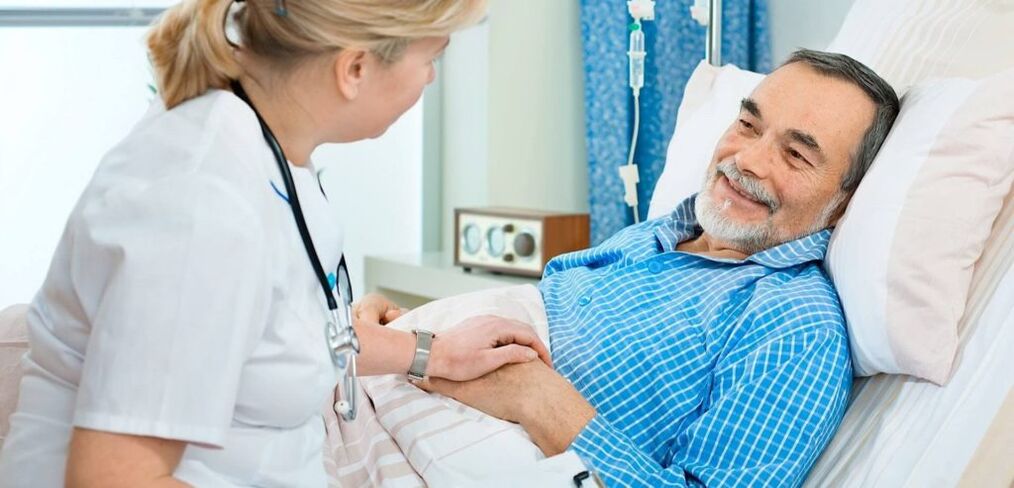
Patients usually remain in the hospital for 3-4 days after a full function to replace the knee.
Risks During Surgery
Some of the risks of surgery include blood loss, foot thrombus formation and a probability of infection.The general prevalence of these risks is very small.Should be discussed with the surgeon before starting operation.
Some of the dangers of the presence of a prosthetic knee include the possibility that parts can be weakened or worn over time or the intention may be infected.Again, these issues will be discussed with the surgeon.
Postoperative course
Immediately after a full function to replace the knee joint, the patient will fall into the rehabilitation room.Most patients can get into a normal chamber after a few hours when the feeling returns to the feet.There will be a pain pump associated with an epidural catheter, which will allow you to check when a pain treatment will be given.Most people are quite comfortable with the help of a pain pump.
On the day of the business, you can perform some exercises, as indicated by the physiotherapist, including the reduction of quadriceps and moving the legs up and down.Depending on the surgeon's preference, you can begin to bend your new knee immediately after its operation or first day.The patient will be allowed to take ice after surgery to wet his mouth, but to drink liquids or cause nausea.The patient will have a catheter in the bladder, so you don't have to worry about urination.Once the movement is restored, it will be allowed to sit, get up and take a few steps with a walker and therapist.
On the first day after the business will be active, it develops to help make it more mobile.Pacrant will meet with physiotherapists who will command additional exercises.In addition, they will help get to their feet and take a few steps with a walk.As a rule, the patient will be allowed to drink pure liquid.
In the coming days it will be easier and easier to move.The patient will be released from the pain and urine catheter.The treatment of pain will be given in the form of tablets.On the second day after operation, if the signs of recovery are in the intestines, they will be allowed to eat ordinary foods.
Depending on your age, preoperative fitness and insurance coating, the patient may be a candidate for short -term stay in a rehabilitation institution.Otherwise, the patient will be unloaded at home and the physiotherapist will come to his home to continue rehabilitation.The sender will discuss these options with the patient and help him plan his return to his home.
Returning to activity will be guided by a surgeon and therapists.As a rule, patients can walk as long as they want 6 weeks after surgery.Patients can repeat movement after 6 weeks.After 8 weeks, patients can repeat the golf game and swim.At 12 weeks they can play tennis.The surgeon will help to decide what actions can be repeated.
What physiotherapist is required
All physiotherapists are prepared through training and clinical experience for the treatment of various situations or injuries:
- A physiotherapist who is experienced in the treatment of people with knee joints and after surgery to replace the knee joint.Some physiotherapists have a practice with orthopedic focus.
- A physiotherapist who is a certified orthopedic clinician.This physiotherapist will have advanced knowledge, experience and skills that can be applied to a state.
- You can find physiotherapists who have these and other accounting data using a magnetic resonance imaging, an electronic tool to find physiotherapists with specific clinical knowledge.
General tips when you can find a physiotherapist (or any other medical services supplier):
- Get recommendations from family and friends or other medical services suppliers.
- As for the physiotherapy clinic for admission, you should ask about the experience of physiotherapists to help people with arthritis.
During the first visit with the physiotherapist, you must be ready to describe the symptoms as much as possible and report the activities that worsen the symptoms.
































